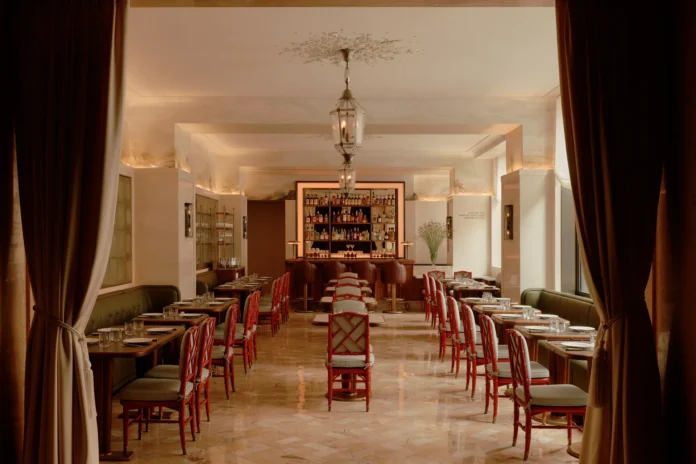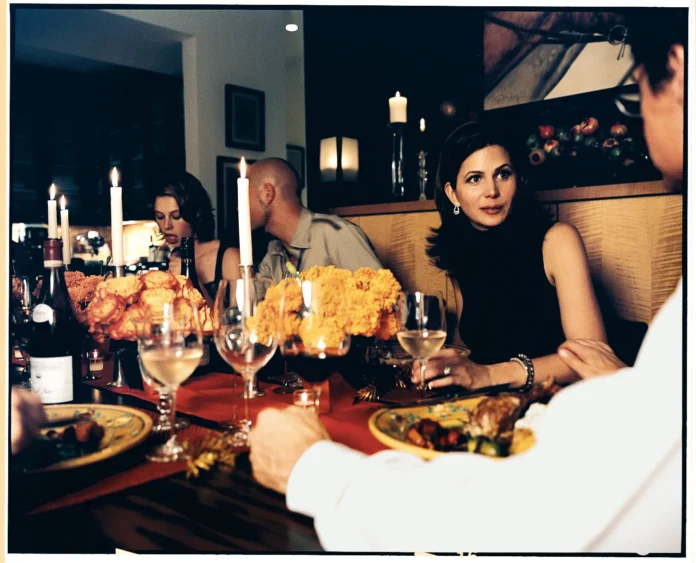There are few things New Yorkers love more than a good transformation story—especially when it involves one of the city’s most beloved cultural institutions. When the Frick Collection reopened its doors this March after a years-long renovation, it wasn’t just an art world event; it became a full-blown social phenomenon. The lines snaking around Henry Clay Frick’s Gilded Age mansion were as much a part of the spectacle as the masterpieces inside, and for months, the question on every cultured New Yorker’s lips was: “Have you seen the New Frick yet?”
The Hype Was Real—And Justified
Architect Annabelle Selldorf’s sensitive yet transformative redesign of the Frick was one of those rare projects that managed to please both traditionalists and modernists. The museum, long cherished for its intimate, home-like atmosphere, retained its essential character while gaining breathing room, better flow, and a newfound sense of lightness.
- The Garden Court, once a cramped passageway, is now a serene, skylit oasis where visitors pause between Old Master paintings.
- The Portico Gallery, previously closed to the public, has been unveiled as a stunning new space for temporary exhibitions.
- The iconic Fragonard Room, home to the museum’s famed Progress of Love panels, was meticulously restored to its original glory.
Yet for all the architectural praise, what truly fueled the Frick frenzy was something less tangible: a collective craving for continuity in a city that’s constantly changing. In a New York where historic buildings routinely give way to glass towers, the Frick’s careful evolution—rather than radical reinvention—felt like a minor miracle.
Why This Renovation Resonated So Deeply
The Frick isn’t just another museum; it’s a time capsule of New York’s Gilded Age, a place where visitors half-expect to spot Frick himself scowling from a wingback chair. That’s why Selldorf’s approach—respecting the past while gently nudging it into the present—struck such a chord.
“Great houses of this era were never meant to be frozen in amber,” Selldorf noted in an interview. “They were lived in, adapted, loved. Our goal was to honor that spirit.”
And adapt it did. The once-cramped basement level has been transformed into airy new galleries, while the former music room—long used as office space—has been returned to public view, its gilded acoustics now hosting concerts once again. Even the coat check, historically a chaotic bottleneck, has been reworked into a streamlined, stress-free experience.
The Social Currency of the “New Frick”
In a city where cultural literacy is a form of social capital, being among the first to visit the revamped Frick became a badge of sophistication. The museum’s reopening wasn’t just covered by The New York Times and Vogue—it dominated dinner party chatter for months.
“Not going was almost more conspicuous than going,” quipped one Upper East Side art patron. “People would give you this look if you admitted you hadn’t been yet.”
Part of this was sheer FOMO: With timed-entry tickets selling out weeks in advance, securing a slot felt like a minor triumph. But there was also a deeper draw—the chance to rediscover an old favorite through fresh eyes. Regulars marveled at seeing familiar paintings rehung in new configurations, while first-time visitors appreciated the clearer narrative flow.
What the Frick’s Success Tells Us About the Future of Museums
In an era when many institutions feel pressure to “Disney-fy” their spaces with flashy tech and Instagram-ready installations, the Frick’s restrained approach proved there’s still an appetite for quiet, contemplative luxury.
“The best museums don’t shout,” said one curator. “They whisper—and trust that people will lean in to listen.”
That philosophy seems to be working: Membership surged post-reopening, and the museum’s extended evening hours (a rarity for New York’s smaller institutions) have made it a new favorite for after-work contemplation.
The Verdict: A Masterclass in Thoughtful Reinvention
The Frick’s renovation wasn’t about grand gestures or radical reinvention. It was about subtle refinements—better sightlines, reclaimed spaces, a renewed sense of purpose. In a city that often equates change with disruption, the museum’s evolution feels like a masterclass in how to honor history while embracing the future.
So, if you somehow still haven’t seen the “New Frick”? Consider this your nudge. The lines may be shorter now, but the magic hasn’t faded one bit.










